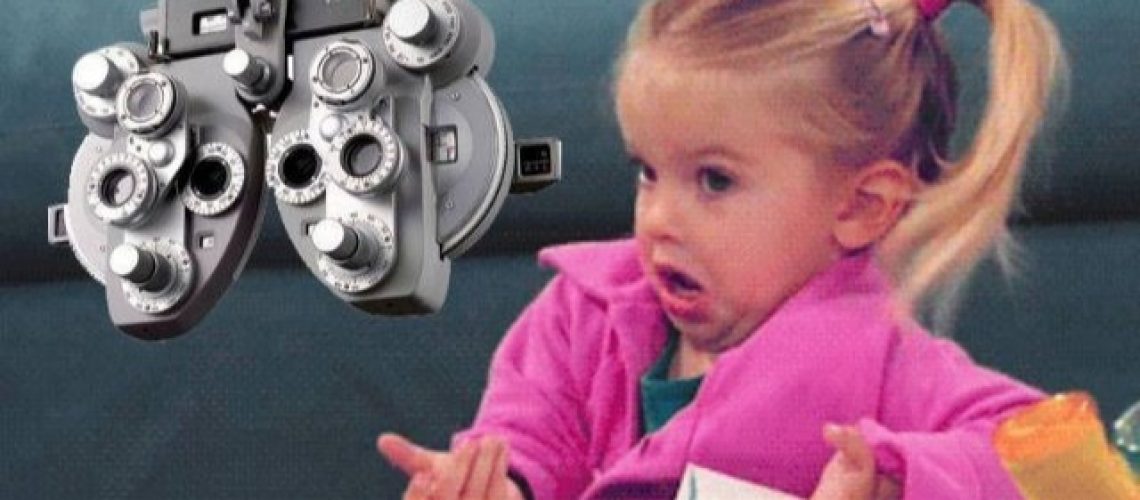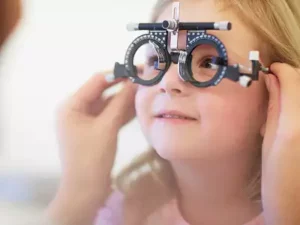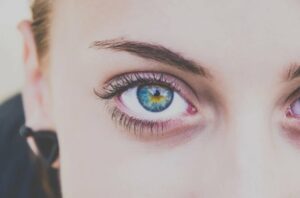Humans are not born with good vision but with the ability to develop one.
A newborn baby only looks at shapes, lights, detects movements and shadows, and over time, develops the visual system. As children, humans are very curious, we are discovering the fantastic world in which we live. We look at our surroundings, we focus our attention on bright colors, movements and we are distracted by what we see. Children have fun playing, running, jumping, playing sports, and all of these activities depend on good vision for a good performance.
Unfortunately, not all children develop their full potential for vision. Some need help with prescription glasses and others with vision therapy. For example, amblyopia, a visual condition known as lazy eye, is when the refractive system of the eye is not working properly. Amblyopia is one of the most common vision problems in children. And if it is not detected before 8 years of age, the blurred vision will be permanent and in some cases it does not improve with glasses. This condition must be detected and treated with visual therapy during an early age because the eye finishes developing vision at 10 years of age.
children often do not know that they are seeing blurred. Usually it is the teacher or the breast who detects it and that is why they go to the specialist. It is important to do a complete eye exam in children since 80% of what they learn is through the eyes. Many times their performance in school can be affected by the vulnerability of their vision.
According to the American Optometric Association (AOA), babies should have their first comprehensive eye exam with an optometrist at 6 months of age and then another at 2-3 years and then just before entering kindergarten or to the first grade.
During an early age, humans develop the sensory bases for creativity, levels of intelligence, capacities, abilities and aptitudes that will mature in the course of life.
Adequate vision will provide the child the facility to move, play sports, jump, run, dodge, ride a bike, reach and catch objects safely. Their vision will be stimulated by new experiences, and in return, their visual activity will be stimulated, they will be more effective and they will have more confidence.
The visual system involves around 20 skills and 70% of brain connections, therefore, a large part of what children perceive, understand, remember and read will depend on the effectiveness of their vision.
It’s not just about seeing clearly and having good vision. Good eye health is the most important, as well as color vision, peripheral vision, visual fields, three-dimensional vision, binocular coordination and the movements of the extra-ocular muscles and their respective refraction.
To all mothers and fathers, as well as teachers, and all health professionals involved in the treatment of children, I advise them to be alert to the signs of any visual abnormality or facial gesture that may be suspected of a bad vision, to intervene as soon as possible, and thus avoid interference with their development and learning.
A better understanding of your childrens eye health, will give you a better comprehension of his or her eduactional and physical perfomance.





